Why a Great Resume & Cover Letter Matters
In the competitive job market, a well-crafted resume and cover letter are your initial introduction to potential employers. They are your marketing tools, designed to showcase your skills, experience, and personality in a way that grabs attention and compels the reader to learn more. A strong resume quickly highlights your qualifications, while a compelling cover letter provides context and demonstrates your genuine interest in the specific role and company. Ignoring either can be a significant disadvantage. A well-structured resume and a personalized cover letter significantly increase your chances of landing an interview and ultimately securing your desired position. They are the first impression and can set you apart from other candidates.
Grabbing Attention
Your resume must immediately capture the reader’s interest. Use a concise, professional summary or objective statement at the top to quickly highlight your key skills and career goals. This section should be tailored to the specific job you’re applying for, reflecting the keywords and requirements mentioned in the job description. Consider using a visually appealing but professional template to make your resume stand out. Use clear headings, bullet points, and white space to make the document easy to read and navigate. Ensure the information is well-organized and easy to find, allowing the reader to quickly understand your value proposition. The first few lines are crucial in determining whether the hiring manager will continue reading.
Highlighting Achievements
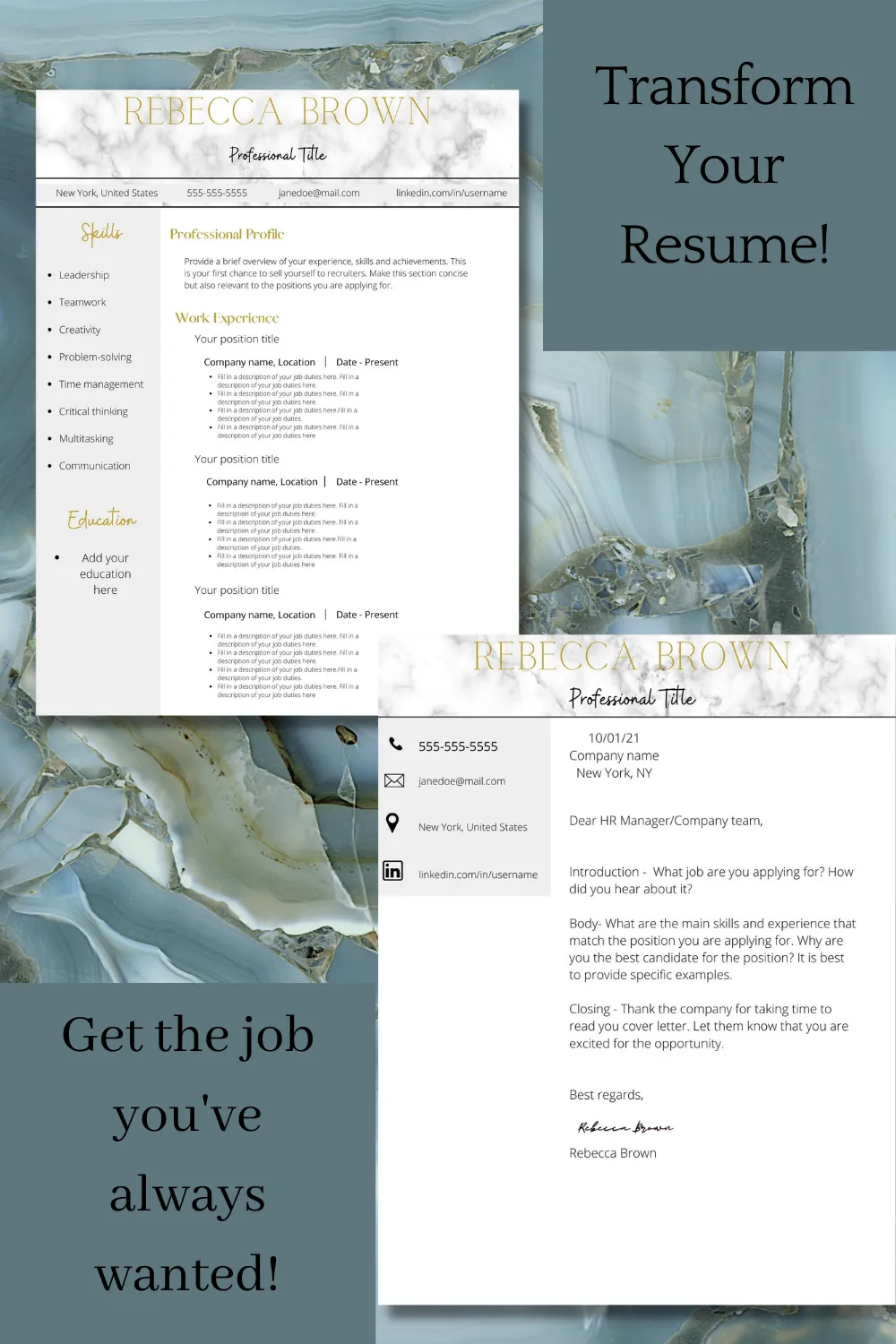
Instead of simply listing job duties, focus on your accomplishments. Use action verbs to describe your responsibilities and achievements, and quantify your results whenever possible. For instance, instead of writing “Managed social media accounts,” write “Increased social media engagement by 30% through strategic content planning and audience interaction.” This demonstrates the impact you made in previous roles. Emphasize achievements that align with the job description and showcase your ability to deliver results. Providing concrete examples of your accomplishments makes your resume more compelling and demonstrates your value to potential employers. Use data, statistics, and measurable results to back up your claims and provide concrete evidence of your capabilities. This approach shows you’re not just performing tasks, but making a tangible difference.
Understanding the Purpose
Before you start writing, clearly define the purpose of your resume and cover letter. Your resume is a snapshot of your professional history, highlighting your skills and experiences that are relevant to the job you’re applying for. It should be concise, typically one to two pages long, and easy to read. The cover letter, on the other hand, provides an opportunity to elaborate on your qualifications, express your enthusiasm for the role, and explain why you’re a good fit for the company. This is your chance to show your personality and make a more personal connection with the hiring manager. Both documents must work together, telling a cohesive story that presents you as the ideal candidate.
Focusing on Experience
Your work experience section is the most crucial part of your resume. List your previous jobs in reverse chronological order, starting with your most recent position. For each role, include the job title, company name, dates of employment, and a brief description of your responsibilities and accomplishments. Focus on the most relevant experiences that align with the job requirements. Tailor each description to the specific job, highlighting the skills and achievements that are most valuable to the potential employer. Always use action verbs to start each bullet point, and provide specific examples to support your claims.
Quantifying Your Accomplishments
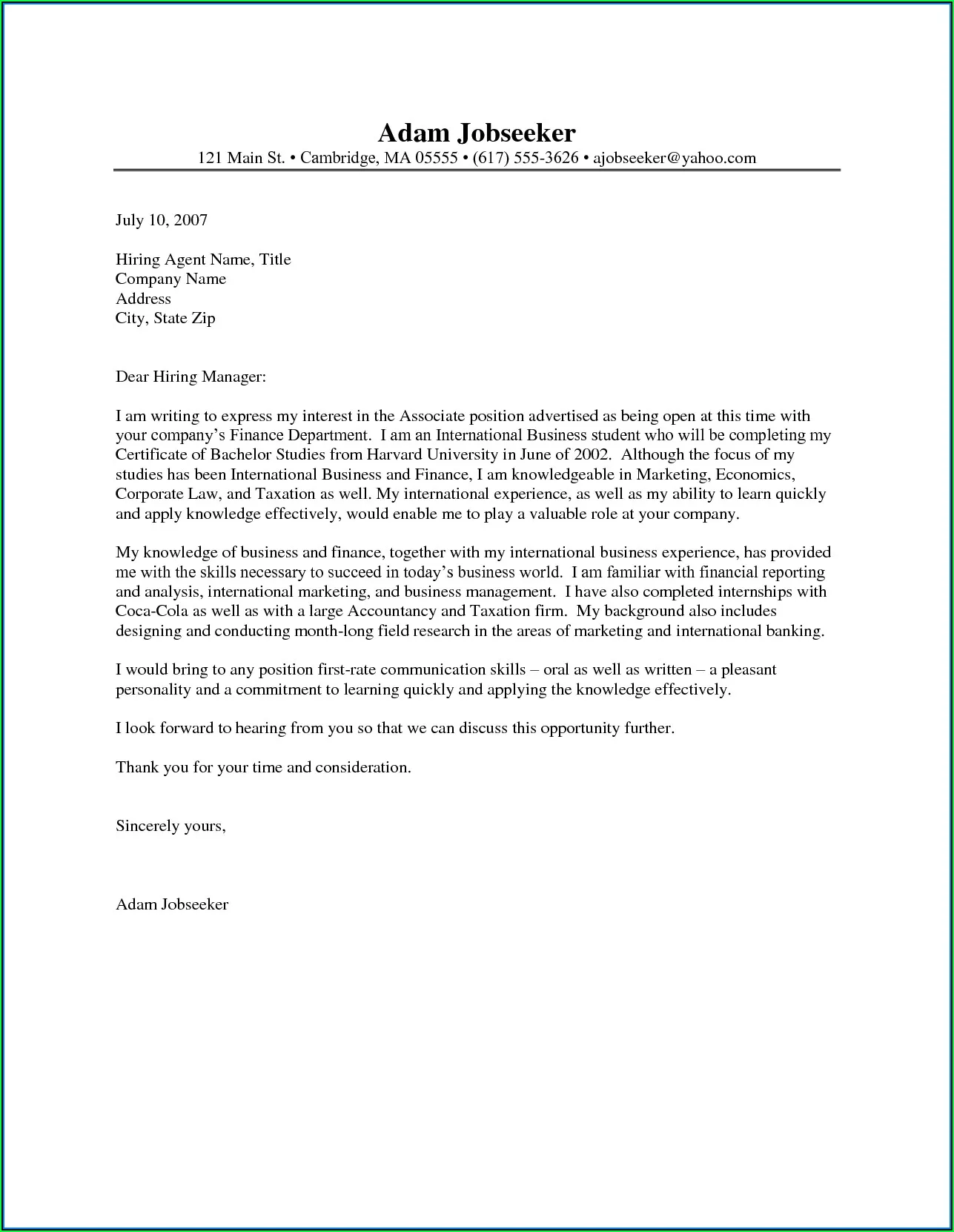
Whenever possible, quantify your accomplishments to demonstrate the impact you made in previous roles. Use numbers, percentages, and specific data to show your achievements. For example, instead of writing “Improved customer satisfaction,” write “Increased customer satisfaction scores by 15% through implementing a new customer service training program.” This provides concrete evidence of your abilities and makes your resume more compelling. Quantifiable results show your value and demonstrate your ability to deliver results. This level of detail sets your resume apart from others and showcases your capacity to make a tangible difference in any role. This approach is much more effective than vague statements.
Tailoring Your Resume
One of the biggest mistakes job seekers make is using a generic resume for every application. To maximize your chances of success, tailor your resume to each specific job you apply for. Carefully review the job description and identify the key skills, experiences, and qualifications the employer is seeking. Then, adjust your resume to highlight those aspects of your background. This may involve reordering your experience, emphasizing certain accomplishments, or even adding or removing sections as necessary. Customize your resume and cover letter to reflect the specific requirements of each position, and show the employer that you have taken the time to understand their needs.
Match the Job Description
Carefully review the job description and identify the key skills, experiences, and qualifications the employer is seeking. Use the same keywords and phrases from the job description throughout your resume and cover letter. This helps the applicant tracking systems (ATS) identify you as a good match and ensures that your application gets noticed by the hiring manager. Tailoring your resume and cover letter to the specific requirements of each position increases your chances of getting an interview. This approach helps you stand out from other candidates who may be submitting generic applications.
Keywords are Key
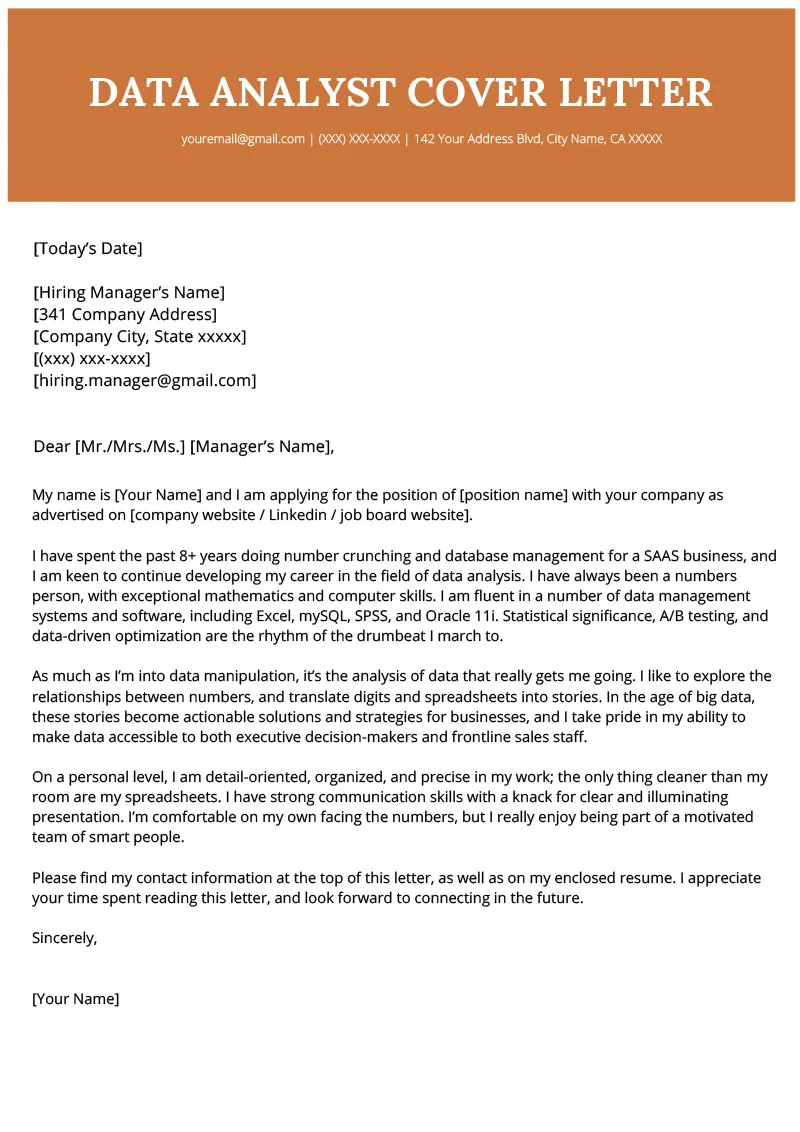
Applicant tracking systems (ATS) are used by many companies to screen resumes. To pass these systems, you must include relevant keywords from the job description in your resume. Identify the most important keywords and naturally incorporate them throughout your document. This may include specific skills, software, or industry jargon. Place these keywords strategically in your resume, particularly in your skills section and experience descriptions. Use a variety of synonyms to add variety and make your resume more comprehensive. This is a key step in ensuring your resume gets seen by a human reader and increases your chances of getting an interview.
Formatting for Success
The format of your resume and cover letter is crucial for readability and professionalism. A well-formatted document is easier to read and understand, making it more likely that the hiring manager will pay attention to your qualifications. Choose a clean, simple layout that is easy on the eyes, and use consistent formatting throughout. Pay attention to font sizes, spacing, and margins to create a polished and professional look. Consistency in formatting is essential for a positive first impression and shows attention to detail. Poorly formatted documents can create a negative impression, leading to your application being overlooked. Good formatting enhances readability and allows your skills and experience to shine.
Choosing the Right Format
There are several resume formats to choose from, including chronological, functional, and combination. The chronological format is the most common and lists your work history in reverse chronological order. It is ideal if you have a consistent work history and want to highlight your career progression. The functional format focuses on your skills and abilities rather than your work history, making it a good choice if you have gaps in employment or are changing careers. The combination format combines elements of both chronological and functional formats. Choose the format that best showcases your strengths and aligns with your career goals. Each format has its own advantages, so select the one that best highlights your qualifications and matches the job requirements.
Making it Readable
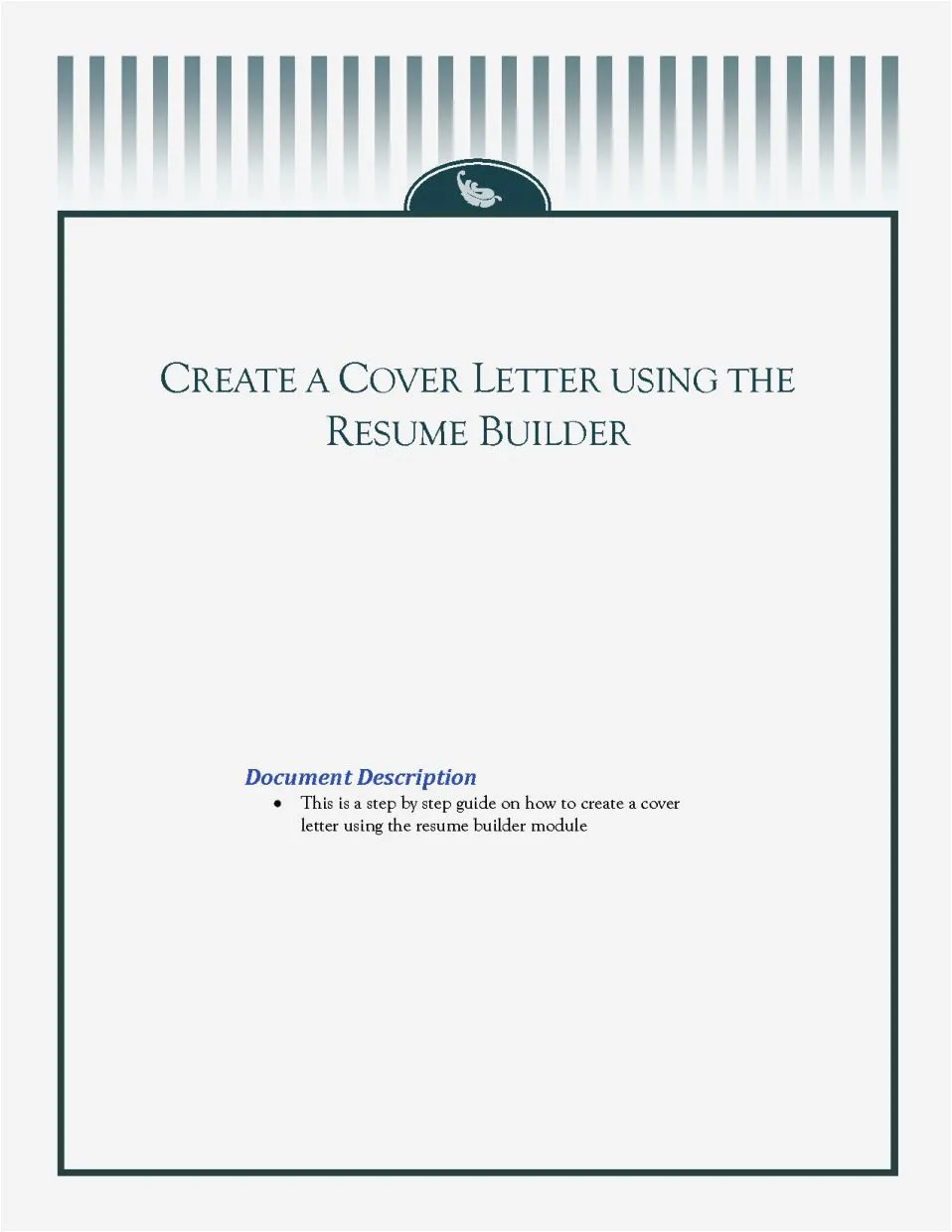
Ensure your resume is easy to read by using clear headings, bullet points, and white space. Use a professional font like Arial, Calibri, or Times New Roman. Keep the font size between 10 and 12 points for the main text, and use slightly larger fonts for headings. Use bullet points to list your responsibilities and accomplishments. Avoid long paragraphs and unnecessary jargon. The goal is to make it easy for the hiring manager to quickly scan your resume and identify your key qualifications. This approach helps the reader to quickly grasp your skills and experience and makes your resume more engaging. Proper formatting shows attention to detail and professionalism.
Crafting a Compelling Cover Letter
A well-written cover letter provides an opportunity to introduce yourself, express your enthusiasm for the role, and explain why you’re a good fit for the company. It should complement your resume and provide additional context and detail. Tailor your cover letter to each specific job, highlighting the skills and experiences that are most relevant to the position. It should be more than just a repetition of your resume; it should tell a story that showcases your personality and enthusiasm. A strong cover letter can significantly increase your chances of landing an interview by making a personal connection and demonstrating your genuine interest.
Opening Strong
Your cover letter should start with a strong opening that immediately grabs the reader’s attention. Address the hiring manager by name if possible, and clearly state the position you are applying for and where you saw the job posting. In the opening paragraph, express your enthusiasm for the role and the company. Highlight a key skill or experience that makes you a good fit, and briefly explain why you are interested in the opportunity. Make a strong first impression by showing you’ve done your research and are genuinely interested in the company and the role.
Showcasing Your Skills
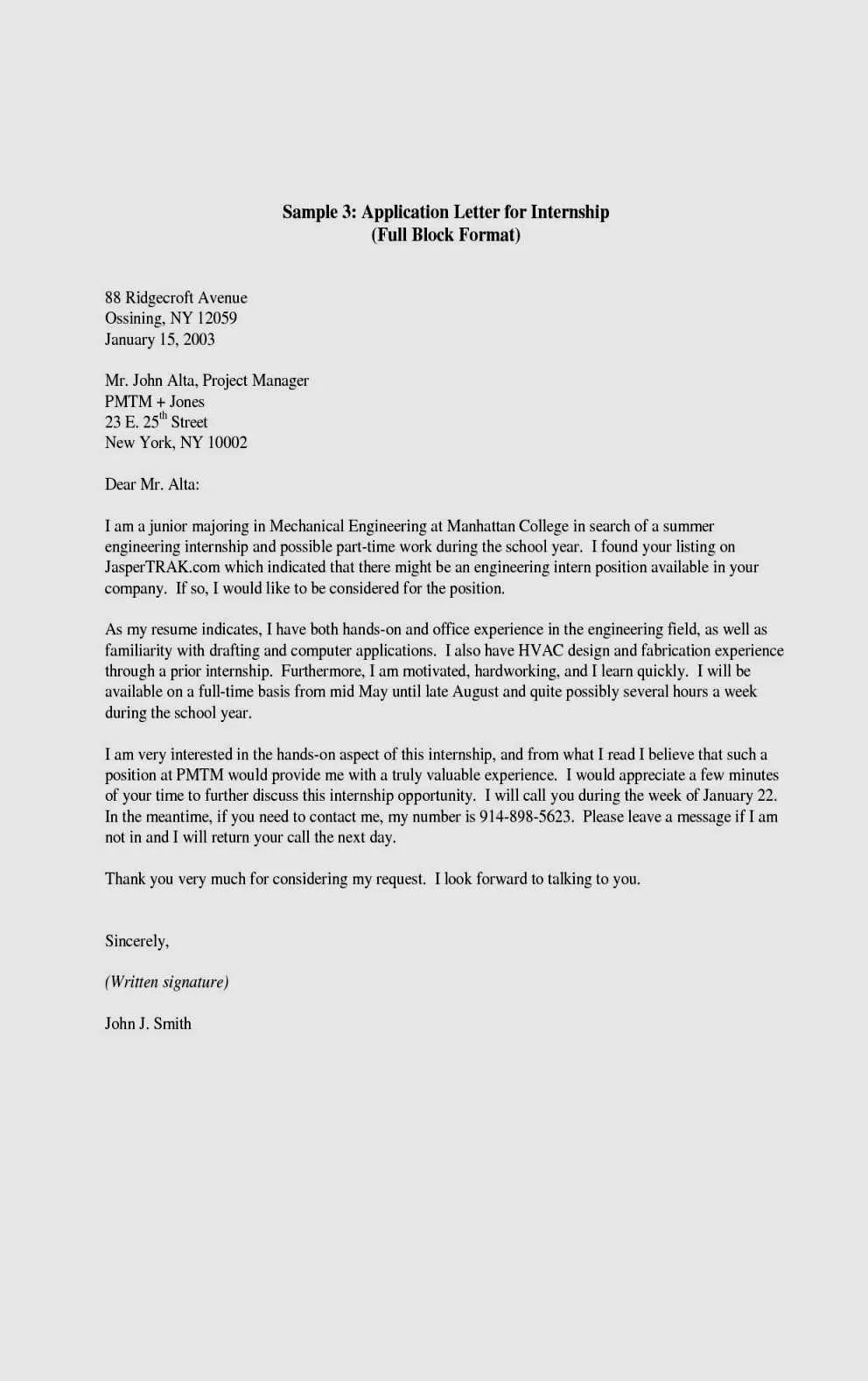
In the body of your cover letter, elaborate on your skills and experiences that align with the job requirements. Use specific examples to demonstrate your abilities and quantify your accomplishments whenever possible. Explain how your skills and experiences make you the ideal candidate. Focus on the aspects of your background that are most relevant to the position. Show, don’t just tell, by providing concrete examples of your achievements and skills. This will help the hiring manager quickly understand your qualifications and value to the company. Tailor each description to the specific job, highlighting the skills and achievements that are most valuable to the potential employer.
Closing with a Call to Action
End your cover letter with a strong closing that reiterates your interest in the position and expresses your desire for an interview. Thank the hiring manager for their time and consideration. Include a call to action, such as stating that you look forward to hearing from them or that you are available for an interview at their earliest convenience. Provide your contact information, including your phone number and email address. A clear and confident closing reinforces your enthusiasm and makes it easier for the hiring manager to take the next step. This shows that you are proactive and eager to move forward in the application process.
Final Review and Submission
Before submitting your resume and cover letter, carefully review both documents for any errors in grammar, spelling, and punctuation. Proofread everything multiple times, and consider having a friend or family member review them as well. Ensure that your contact information is accurate and up-to-date. Save your documents in a professional format, such as PDF, to ensure that the formatting remains consistent across different devices. Once you are certain that everything is perfect, submit your application with confidence. This final step ensures that you present yourself in the best possible light and that your application stands out for all the right reasons. A polished and error-free application reflects professionalism and attention to detail.
